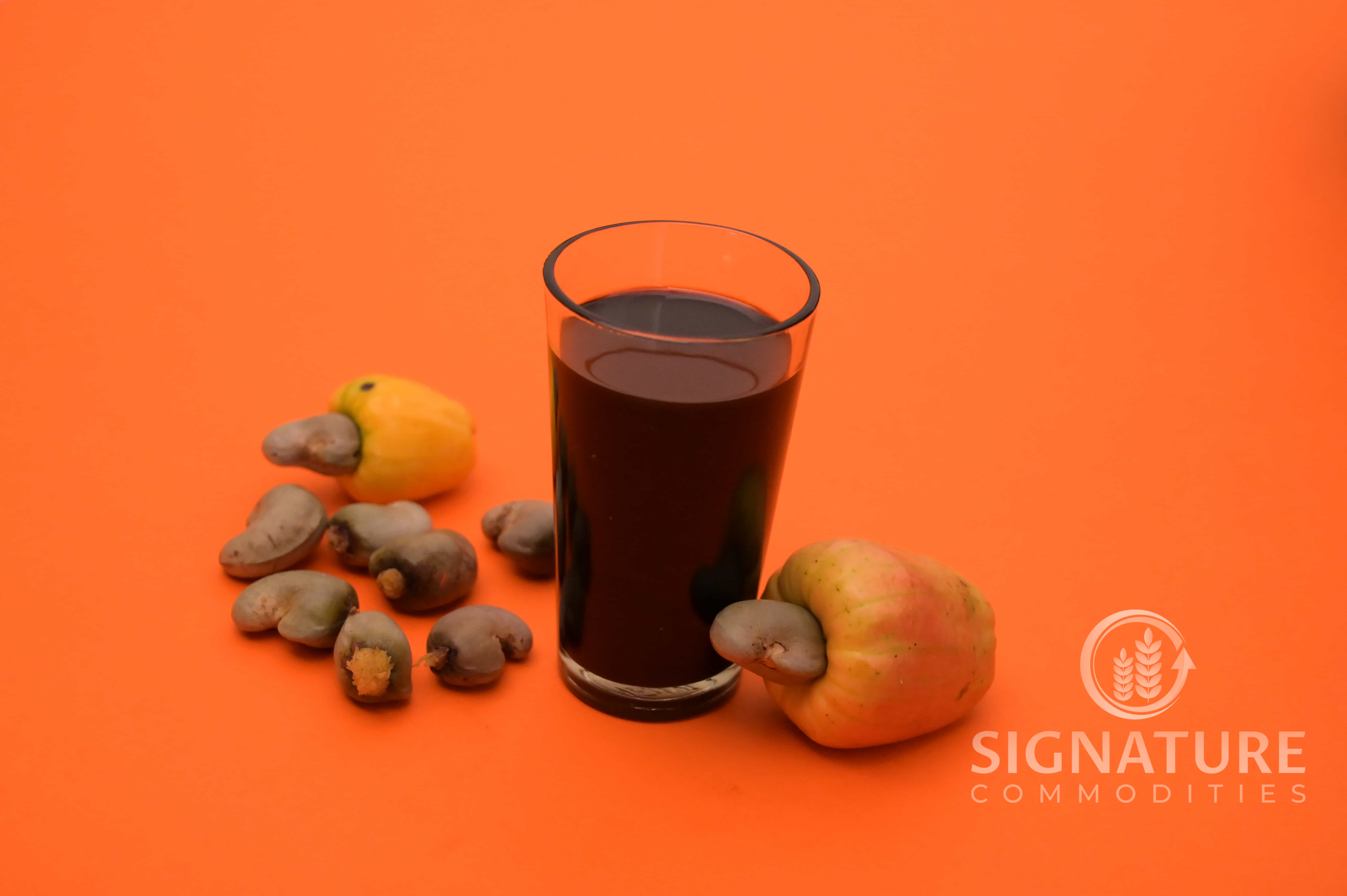Cashew Nut Shell Liquid, CNSL
Applying Science And Analytics To Life
The shell of the popular dry fruit, cashew nut, is an important source or the starting material for several speciality chemicals. Cashew nut shells are used to produce cashew nut shell liquid, known in short as CNSL.
Cashew Nut Shell Liquid (CNSL) is a versatile by-product of the cashew industry. The nut has a shell of about 1/8-inch thickness inside which is a soft honey comb structure containing a dark reddish brown viscous liquid.
It is called cashew nut shell liquid, which is the pericarp fluid of the cashew nut. It is often considered the better and cheaper material for unsaturated phenols.
C.N.S.L. has innumerable applications in polymer-based industries such as friction linings, paints and varnishes, laminating resins, rubber compounding resins, cashew types of cement, and polyurethane-based polymers, surfactants, epoxy resins, foundry chemicals and intermediates for the chemical industry.
It offers much scope and varied opportunities for the development of other tailor-made polymers.
There are several ways for extracting CNSL. The effectiveness of oil extraction varies depending on the method used. The oil content of raw CNS is around 20%.
The oil bath method leaves around 10% of the oil in the wasted shell as a by-product. However, more oil can be extracted from the wasted CNS via an expeller extraction technique.
Properties of Cashew Nut Shell Liquid:
- It is a Low-cost Phenol.
- Have great properties for chemical modification and polymerization.
- Its advantages over phenolics have many applications like flexibility, high impact resistance, heat degeneracy, etc
- Liquid resin is used in the automobile industry as the brake lining.
- Helps in the preparation of Phenol-Formaldehyde Resin and Cashew Friction Dust (CFD)
- Insufficient Evidence to Rate Effectiveness for Diabetes and Weight loss
There are 2 types of extraction processes: those that involve heat and those that are done at cold or room temperature. Open recipients or drums can be used for roasting or heating. The cashews can also be heated using the Thermo mechanic method also called as hot oil method.
The CNSL can be produced in the cold method by extrusion in solvents or pressing. Natural CNSL is the liquid obtained this way, while technical CNSL is the liquid obtained via the heated process. Cashew nut shell liquid is purified or refined using vacuum distillation of raw CNSL.
Uses of Cashew Nut Shell Liquid:
- Resin-based reactions are used to improve the resistance of rubber materials and products.
- CNSL Aldehyde products and cashew nut shell liquid-based phenol resins are used as surface coating products, paints, strong adhesives, and varnishes for furniture.
- Many polyamines which are prepared from CNSL are used as curing agents for epoxy resins.
- The derivatives of CNSL are used as antioxidants and rubber compound processing components.
- CNSL resin is one of the important components in the Automobile industry. It helps in the manufacturing of friction resistance components and is used in brakes and clutch.
- CNSL is used to provide resistance to sulfur-based rubber products. It is added to rubber gum to improve mechanical properties and strength.

